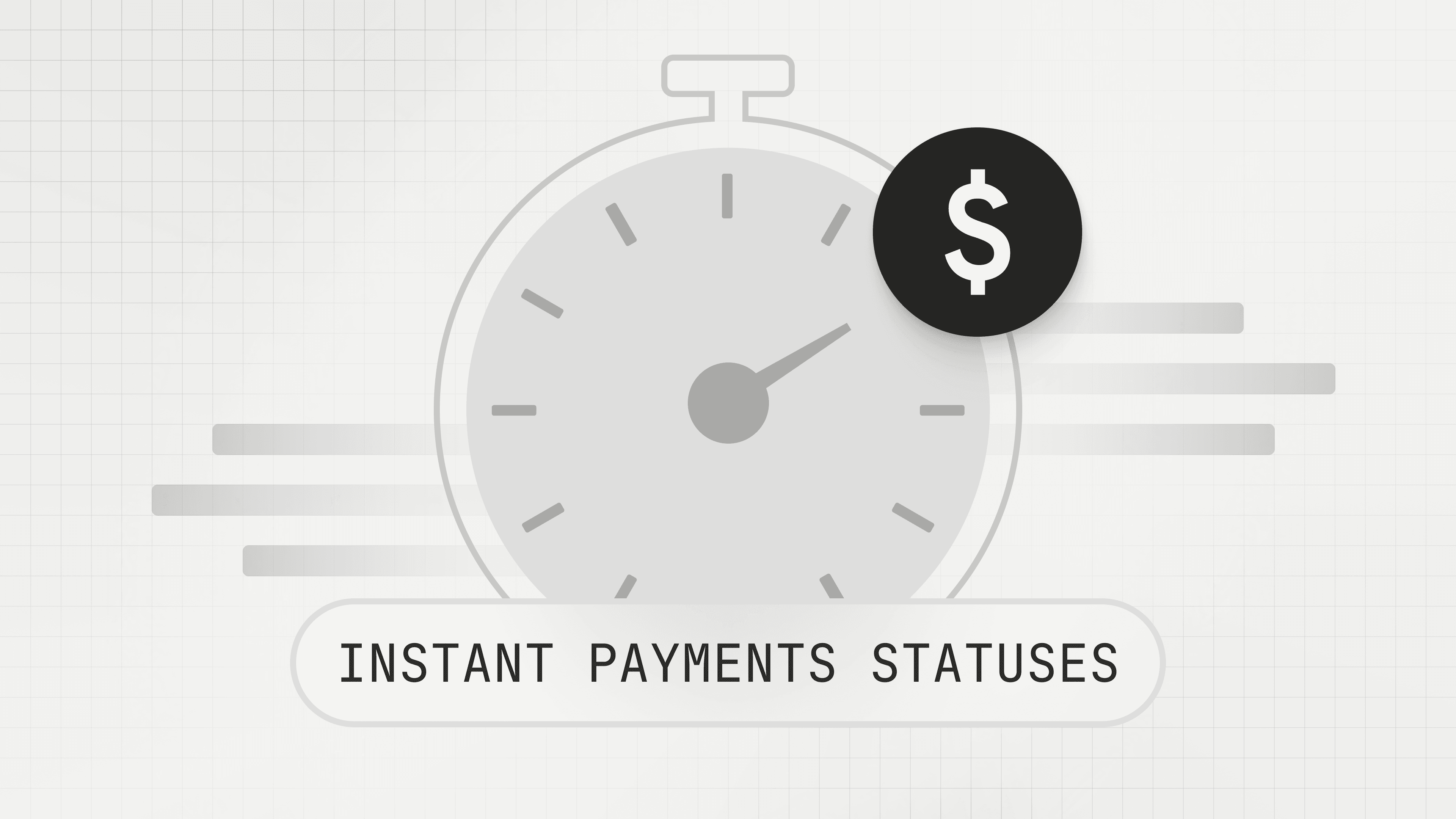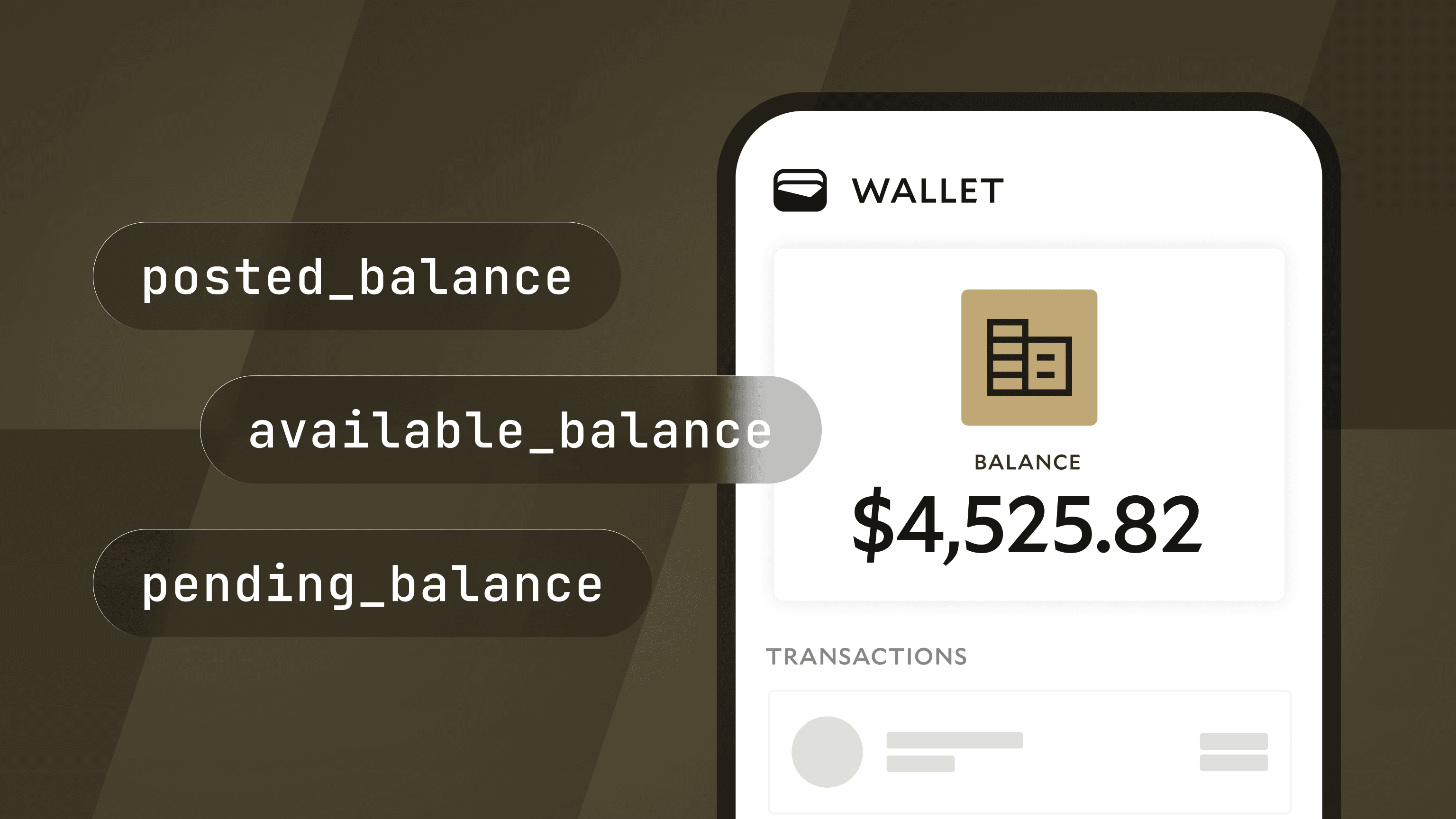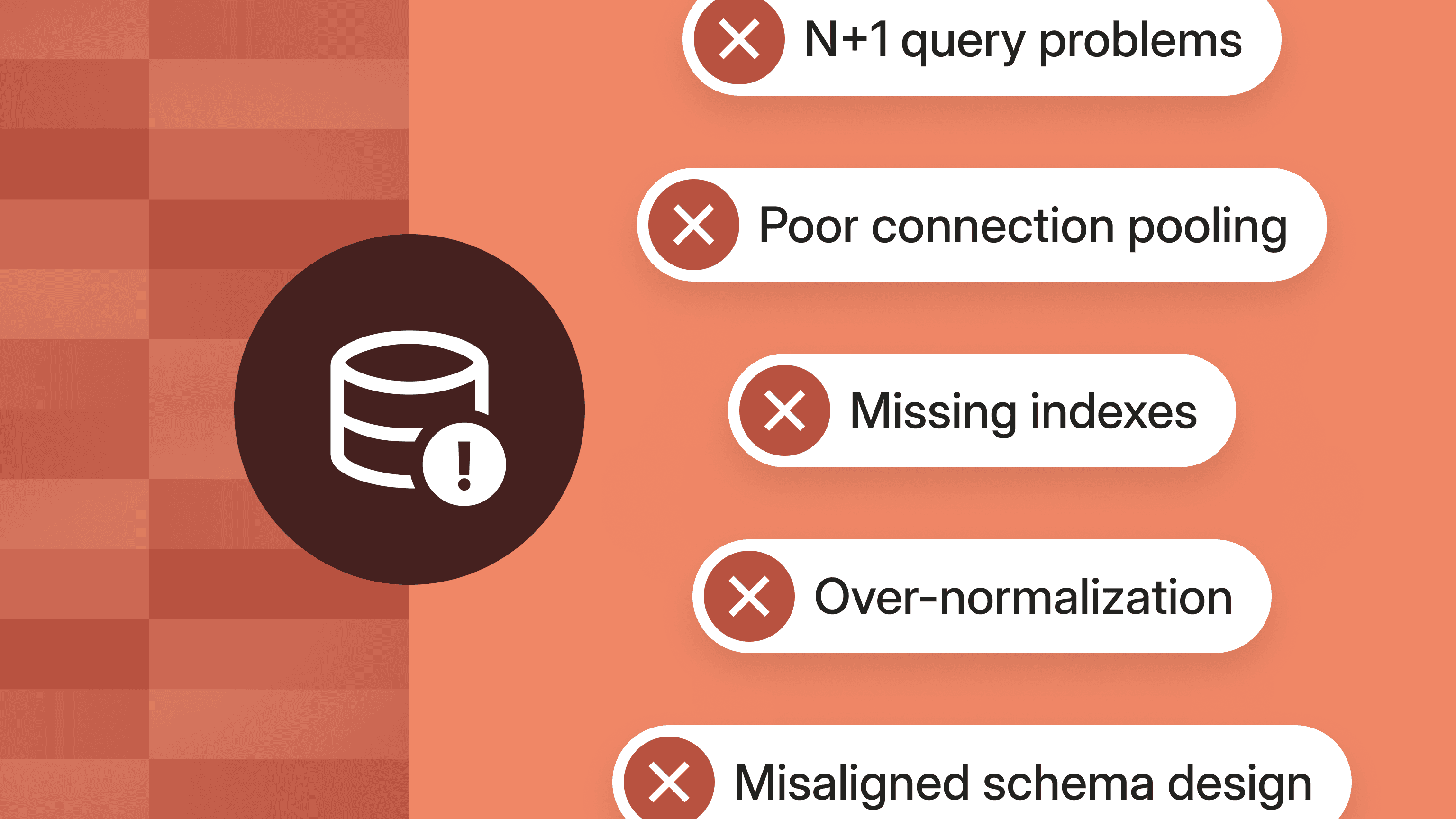Modern Treasury has acquired Beam.Build for what's next →
Welcoming Our Head of Brand
Frank Chimero, our new Head of Brand, shares his thoughts about the changing nature of money and how that brought him to Modern Treasury.

There is a nickel in my left hand and a dime in my right. I try to listen, but I’m hit by a wave of confusion and indignation. It is 1988, I am four, and I’ve been told that the dime is worth more than the nickel. This is wrong, absolutely wrong. Bigger is more. What’s wrong with money?
College campus, anthropology classroom, 2003: I am told clams were money. For centuries, North American native tribes used wampum as currency, made from the shells of clams. Colonist communities eventually gave up on scarce metal coins from the Old World and began trading with the readily available wampum. So, money’s form is arbitrary? And it is only useful if it is rare and available?
Fast forward to 2015: someone explains to me how solving math problems with computers can become money. Processors use their mathematical payloads to mint blocks of data, and like wampum, we can place value on these solved blocks and exchange them like currency. My head spins, resurfacing that old feeling of confusion and indignation.
The Money Mystery
What is money?
That question swirls around us with greater force as money’s mutability becomes more evident: how inflation makes a dollar not worth a dollar, how finance becomes a highly abstracted practice of data interpretation, how cryptocurrency highlights the distinction between value and money and exposes their complex relationship. People have an innate sense of what is valuable, yet money stands at odds with value as its glorified, ambiguous twin. The more vague money becomes, the more we feel the dissonance in our old stories about it.
I work in branding, trained as a designer, and studied anthropology. The animating force in all of these fields is culture. I am deeply inspired by our shared cultural frames that influence our expectations and give meaning to our experiences and the world. The modern world offers obsessive attention to two cultural subjects above all others: money and love—love as the center of gravity to the emotional world, and money (arguably) operating as the gravity in the invented world. They are our fixations, because we believe they can satisfy us. But there is a bargain at play: what can satisfy also has the power to frustrate and confuse. The desire to transform our frustration and resolve our confusion is why we tell so many stories about them.
The Next Chapter
Now is the time to update our stories about money, and Modern Treasury is an interesting place to participate in this work. I’ve described to friends what we do as operating at the pivot point of traditional financial practices and the next wave of thinking. As with many things, we don’t get to start from scratch when reimagining money. We refurbish the systems and cultures we inherit. Our job is to add agility to the old and to refine the new with creativity, craft, and technology.
Modern Treasury’s perspective is distinct as well. I see our focus as the mobility of money—money’s capacity to move. This is a pragmatic and optimistic point of view, built on relationships. Money moves because it is a connective element, an economic conduit and energy source. It’s our most prevalent and prized form of exchange. Easier money movement means better economic connections, and we so rarely say this directly. The economy is a common word for a richer idea: our financial interdependence.
Money that sits is dead. Money that moves has life to it. The question is how nimble we can make money, and in which direction we send it. The unique opportunity of today, I think, is that everyone has an appetite to reimagine how we do this. Everything is in play, and if we can write a better story, we can help move money closer to the things we value, whether that money is nickel or dime, clam or cryptocurrency, or whatever we invent next.
My first few weeks have been spent clarifying brand principles from a high level. How can we develop an approach that speaks to our key audiences—product developers, engineers, banks, and finance teams? How can we do it so each group appreciates the connections to the other groups? Another big brand question: if we’re a money movement company, how should things move—literally? And most of all: what does money even look like any more? That one is a head scratcher, but a titillating brief.
If you’d like to be a part of a team that is answering big questions about money movement, learn more here about careers at Modern Treasury.




